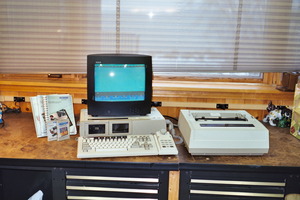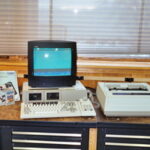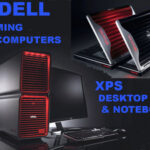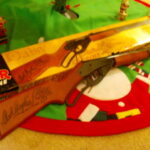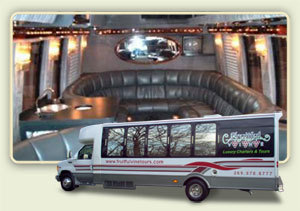The Christmas of 1983 was a momentous occasion. It was the year, our family bought its first home computer. There were several models available in the marketplace, the main personal computer contenders were the Commodore 64 and Vic-20, the Texas Instruments Ti-99/4A, Radio Shack TRS-80s, and the Apple IIe. However, our family took a chance on a new choice: the Coleco ADAM.
The Coleco ADAM offered several advantages over its rivals. As a complete system, it included a daisy wheel printer, an integrated high-speed tape drive, a built in Colecovision game console, and joysticks. It also came with a built in word processor and could operate as a typewriter. The entire system sold for about $600. While this was more than its rivals, if you bought the other computers and all the accessories that were standard on the Coleco ADAM, the all-inclusive home computer was quite competitive on price. The ADAM came in a great big box, but the box had everything you needed.
The Coleco ADAM also had a pretty good processing unit by 1983 standards. It had a Zilog Z80-A processor running at 3.58 Mhz and 80k of RAM (64K which was available to users). It also hooked up directly to a television just like a video game system. We wouldn’t need a monitor. The high speed tape drive required special tapes and was slower than a floppy drive, but ran much faster than the tape recorders that loaded many other budget systems. Coleco ADAM launch was plagued by delays and a recall. I think our ADAM arrived just in time for Christmas, but it may well have been delayed by a few weeks.
The Colecovision game system was one of the most popular console game systems of the era. I thought it would be a major plus to have the console system built in. However, game cartridges weren’t in our family IT budget. This was probably an advantage since it forced me to learn basic programming. The Coleco ADAM’s SmartBASIC was loaded into memory via tape drive and was compatible with the very popular Apple BASIC language. I remember making a pretty cool little turn-based game where you could hunt down and drop depth charges on submarines and the submarines would shoot guided torpedoes at you.
Ultimately, the main selling point was that the daisy wheel printer produced much more professional looking documents than the dot matrix printers that were so common with rival computer systems. Documents produced by the Coleco ADAM looked like they were produced by an electronic typewriter. Dot matrix documents looked like draft documents. We wanted the daisy wheel printer so that my high school papers and my dad’s resumes would look good.
After Coleco discontinued the ADAM, we actually bought a second unit for me to take to college. I switched to IBM PC computers in university computer labs in 1986. By 1990, the Coleco ADAM was totally replaced in our family by IBM-compatible PC computers. Although we found out plenty of disadvantages to the Coleco ADAM, if the box and system wasn’t so bulky, I’d love to have another one for my vintage computer collection.
Sources:
Coleco Adam. oldcomputers.net
Coleco Adam. old-computers.com
Other articles by this contributor:
Retro Game System Review: Super Nintendo Entertainment System
Retro Gaming Review: Nintendo Gameboy Handheld Game Console System
Retro Gadget Review: The Sharp OZ-5500 Wizard Personal Information Organizer
